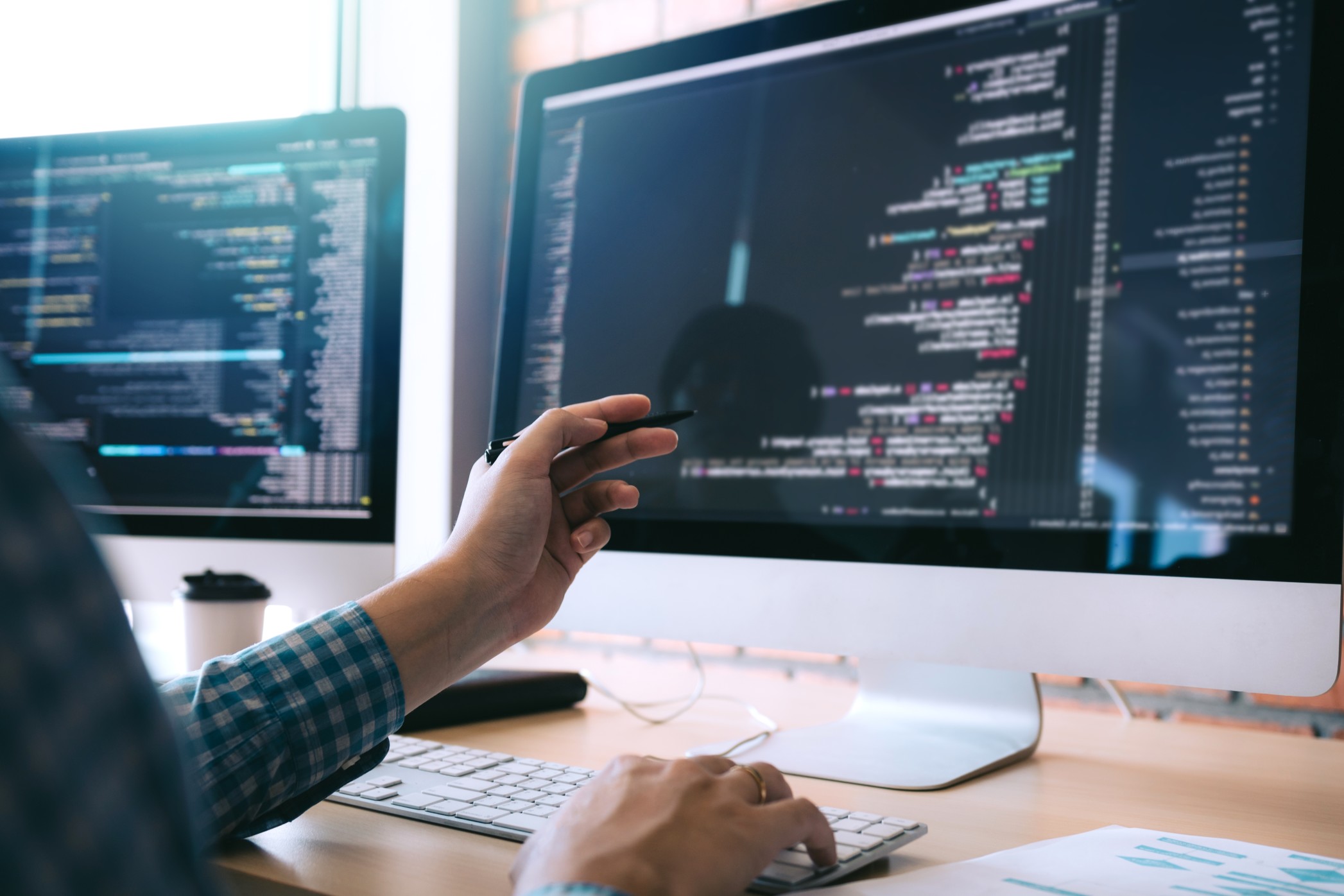The Google v. Oracle ruling of the U.S Supreme Court. Its analysis from the perspective of Argentine Law
By Mariano Peruzzotti, Juan Carlos Ojam and Santiago Durañona.
On April 5, 2020, and after almost 11 years of litigation, the Supreme Court of Justice of the United States ruled in favor of Google LLC (“Google”) in a copyright infringement case brought by Oracle America, INC (“Oracle”). This ruling introduces very interesting issues regarding the validity of the fair use doctrine in U.S. copyright law applicable to software.
In 2010 Oracle filed a lawsuit against Google alleging that the latter had infringed its intellectual property rights when developing the Android platform by using important parts of the Java programming language (“Java”).
Oracle owns the copyright of Java SE, a computing platform that uses Java. In 2005 Google acquired Android and tried to create a new software platform for mobile devices. In order to attract many programmers who were familiar with Java to work with its new Android platform, Google copied approximately 11,500 lines of code from the Java SE program, which represented 0.4% of an entire tool called the Application Programming Interface (API). This allowed programmers to rely on pre-written software tasks for use in their own programs. It is worth mentioning that the API involved entailed 2.86 million lines of code.
In a split decision, the U.S. Supreme Court of Justice ruled that Google did not infringe Oracle’s copyrights since its copying constituted fair use. It should be noted that when a case falls within the fair use doctrine, it does not give rise to any right to compensation for the copyright owner nor is it necessary to obtain an authorization for its use.
In this regard, the factors that are taken into consideration when determining whether the fair use doctrine applies to a case are the following:
(i) the purpose and character of the use of the copyrighted work;
(ii) the nature of the copyrighted work;
(iii) the amount and substantiality of the portion used in relation to the copyrighted work as a whole; and
(iv) the effect of the use on the potential market or value of the copyrighted work.
The Court held that the above conditions were met in this case; in this sense, Google took only the strictly necessary elements of Oracle’s API to allow developers to work on a new program. Therefore, Google’s copying of the Sun Java API was a fair use of that material as a matter of law.
We believe that it is interesting to analyze how would have decided an Argentine court in light of the local regulations and the court precedents if this claim had been instituted in Argentina.
First of all, it should be highlighted that the fair use doctrine stems from common law countries, where limitations to copyright are not subject to a numerus clausus structure as is the case of continental legal system of Latin American countries. In these countries, the exceptions to the ownership rights are rather limited and subject to a restrictive interpretation.
Argentina has adhered to the continental European Intellectual Propery system. Although there is no fair use rule, Intellectual Property Law No. 11,723 (“IPL”) has provided for different permitted uses of protected works. Indeed, such limitations to copyrights are the following:
(i) right of quotation;
(ii) political or literary speeches and lectures on intellectual matters;
(iii) information of general interest;
(iv) news;
(v) certain uses of works for educational purposes;
(vi) performance or interpretation in concerts, auditions and free public performances by musical organizations belonging to governmental institutions;
(vii) reproduction and distribution of scientific or literary works in specific systems for blind persons and individuals with other perceptual disabilities;
(viii) software back-up.
These are the only cases provided in the IPL and, in turn, they shall be construed restrictively.
On the other hand, the so-called “three-step test” stated in article 9.2 of the Berne Convention has not been incorporated into national legislation nor it is commonly invoked in judicial decisions. This rule refers to the requirements for valid intellectual property rights limits, namely:
(i) Use shall be restricted to certain exceptional cases expressly defined in the law.
(ii) Use or reproduction shall not conflict with a normal exploitation of the work.
(iii) Use or reproduction shall not unreasonably prejudice the legitimate interests of the author.
In view of the foregoing, it is very likely that the decision that an Argentine court could have taken would have differed from the U.S. Supreme Court ruling. The fair use doctrine has not been recognized by the law and, in turn, the limitations to copyright provided for in the Argentine law would not seem to cover a situation as the one described in this case considering the features of the work, the purpose of Google’s use and the content owned by Oracle. Additionally, we understand that it would be extremely complex to rely on an extensive or analogical application of the limitations to copyright considering that these shall be construed narrowly.
Therefore, as we are dealing with a software, which is protected under the Intellectual Property Law, the use of programming lines for commercial purposes by a competitor may constitute an infringement to the owner’s intellectual property.
For further information please contact: mperuzzotti@ojambf.com and/or jcojam@ojambf.com

